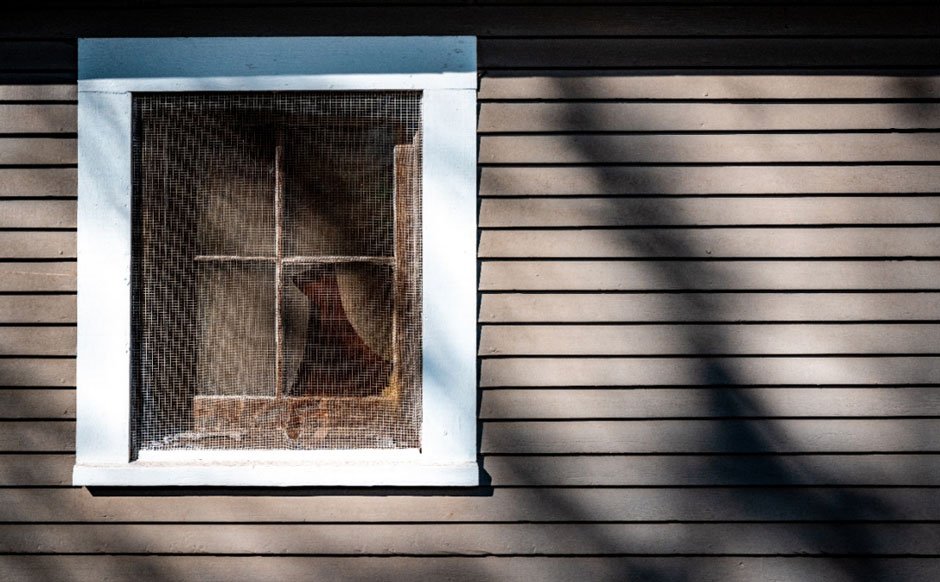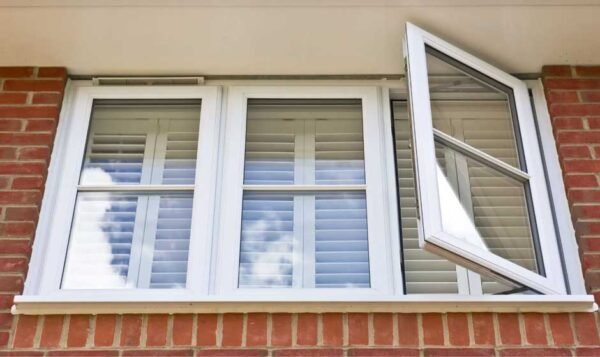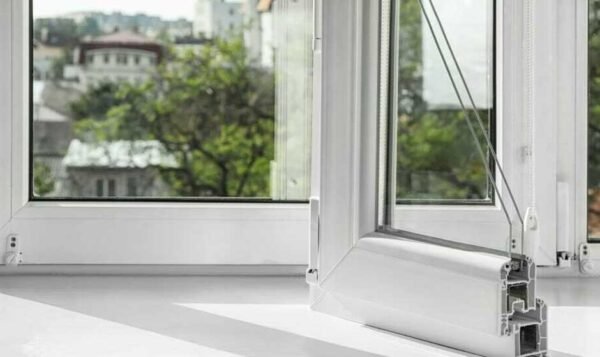6 Signs That It’s Time To Replace Your Home’s Siding

The material used to cover the walls on the outside of your home is known as siding. Siding plays a big part in how your home looks and works, from improving curb appeal to safeguarding your home against natural factors and vermin. Siding is also more likely to sustain damage over time because it is immediately exposed to the environment.
In areas that have extreme weather or even wet winters, like Portland, Oregon, siding can mandate replacement more often. This is because high winds and constant exposure to water can lead to cracks, leakage, and expansion of the material, depending on which one has been used during construction.
The house’s outer walls can be covered with siding made from various materials. Each type’s longevity can vary, but with time, they can all start to break down, have cracks, or lose their color. You will eventually need to replace the siding entirely, but how will you be aware when it is necessary?
Below are all the indicators that you may watch out for as they suggest your siding needs to be replaced:
1. Extensive warps and cracks
Different siding materials may exhibit distinct wear and tear indicators depending on the climate conditions in your area. The most frequent are warps and cracks. Every now and then, go for a stroll outside the property to check on the siding’s state. It might be time to hire Portland siding replacement specialists if you notice a lot of cracks or sagging and breaking off of the material.
Take a tool such as a screwdriver or a different pointed, sharp item to probe behind warps or cracks, even if they are not too severe. If there are any indications of mold, moss, or rot, it could be a bad indicator. It’s crucial to avoid ignoring the rot under the impression that it is just slight, as even a small amount can quickly balloon into a major problem.
2. A few materials can show blisters and bubbles
Pay attention if you detect blisters or bubbles forming under your home’s exterior. Either of these factors is a cautionary indicator that water has soaked through the siding. These issues are particularly prevalent in regions with hot, muggy weather or substantial rainfall. Most siding materials can resist moisture for a while, but they start to lose their effectiveness if they are old enough.
You must also address the underlying issue by looking into many of the sealer choices because blisters and bubbles in your siding indicate that it might have a moisture problem. Since siding is designed to prevent water from being absorbed into your home’s walls, moisture is an obvious indication that it has stopped doing its job. This indicates that siding replacement is certainly necessary.
3. Moss and fungus are also bad indications
Moisture can also lead to mildew, fungus, moss, and mold issues. Be wary of this warning because it takes a while for all of these factors to manifest, grow, and create a problem large enough to necessitate expensive repairs. In order to catch any issues early on, be sure to inspect for water penetration and do ongoing siding assessments.
As they have the best conditions to thrive, mold and fungus first appear at the seams, but later, they can sneak under the siding and peel from the walls. Even though not all instances of fungal growth indicate a more serious issue, it is still crucial to get the area inspected by a professional to prevent any long-term harm.
4. Fading of the surface of the siding itself
After prolonged exposure to rain and sunlight, materials like wood, vinyl, or other synthetic sidings can begin to lose color and fade. The majority of sidings come with weatherproofing, but inevitably, this coating may begin to deteriorate its effectiveness over time. And while fading can merely signify that the weatherproofing needs to be replaced, it might also mean more.
Even when fading appears, this does not imply that the side has lost all usefulness. To make the best choice in this situation, you will need professional advice, but more frequently than otherwise, this is a hint that you should consider replacing the materials that cover your external walls. You might also consider it an opportunity to choose a more contemporary material to raise the visual appeal of your house.
5. Is the siding demanding frequent repaints?
A typical home doesn’t need to have its external walls painted for at least ten years. Paint on the exterior walls can endure eight to twelve years, regardless of how harsh the weather is where you live. Therefore, you can tell there might be a problem if your home’s exterior walls or paneling start to need new paint more frequently, such as approximately every 3 or 6 years.
Among the more obvious symptoms is when paint begins to flake and chip after a short while. It can occasionally be as little as two years, but this time frame is unquestionably much shorter than the recommended 10 years for paint to survive. As a consequence, you may be certain that the wall and not the finish is to blame for the issue. Additionally, it indicates that the siding needs to be changed now.
6. Have you been receiving higher power bills than usual?
Several factors can cause your energy usage to rise above average. Once draughty windows, poor insulation, and attic leaks have been ruled out, you should consider perhaps broken paneling may be to blame. Siding provides a home with constant heating and cooling while shielding it from the elements all year round.
Cladding of the outer walls that are worn or weakened will increase your energy costs because it doesn’t insulate well. Once more, the issue could not be severe and, in certain cases, won’t call for replacing the siding entirely. However, if the harm is significant, you must take it into account. Get a professional to assess the siding’s and the walls’ structural soundness.
Conclusion
While the specific lifespan of each siding material can vary, it normally ranges between five and eight years for most of them. However, in some circumstances, the powers created by nature and other outside variables may act more powerfully, which may lead to problems. Make sure to check your house’s siding for various indications. Before any symptoms become a serious issue, consult a professional.



